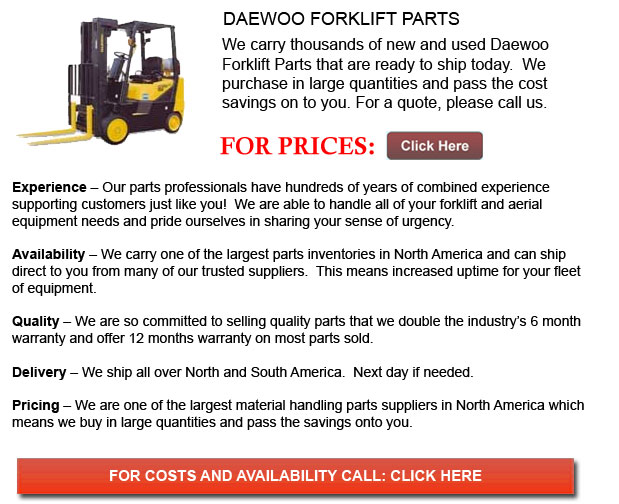
Daewoo Forklift Parts - Kim Woo-Jung, the son of the Provincial Governor of Daegu, founded the Daewoo group during the month of March of 1967. He first graduated from the Kyonggi High School and next went onto the Yonsei University in Seoul where he finished with an Economics Degree. Daewoo became among the Big Four chaebol within South Korea. Growing into a multi-faceted service conglomerate and an industrial empire, the business was well-known in expanding its international market securing numerous joint projects internationally.
After the end of the Syngman Rhee government in the 1960s, the new government of Park Chung Hee came aboard to support growth and development within the nation. This increased access to resources, financed industrialization, promoted exports, provided protection from competition to the chaebol in exchange for a company's political support. Initially, the Korean government instigated a series of 5 year plans under which the chaebol were required to achieve a series of specific basic objectives.
Daewoo became a major player as soon as the second 5 year plan was implemented. The business benefited very much from cheap loans sponsored by the government based upon the probable income that were earned from exports. Initially, the business concentrated on textile and labor intensive clothing industries which provided high profit margins. South Korea's big labor force was the most significant resource within this plan.
The time period between 1973 and 1981 was when the third and fourth 5 year plans happened for the Daewoo Business. During this era, the country's workforce was in high demand. Korea's competitive edge began eroding as competition from other nations started to take place. In response to this change, the government responded by concentrating its effort on mechanical and electrical engineering, petrochemicals, military initiatives, shipbuilding and construction efforts.
In the end, Daewoo was forced by the government into shipbuilding. Though Kim was hesitant to enter the business, Daewoo quickly earned a reputation for producing competitively priced oil rigs and ships.
All through the next decade, Korea's government became more broadminded in economic policies. As the government loosened protectionist import restrictions, reduced positive discrimination and encouraged small, private businesses, they were able to force the chaebol to be much more assertive abroad, while encouraging the free market trade. Daewoo successfully established various joint projects together with European and American businesses. They expanded exports, semiconductor design and manufacturing, aerospace interests, machine tools, and different defense products under the S&T Daewoo Company.
Daewoo eventually began making less expensive civilian airplanes and helicopters compared to North American counterparts. After that the company expanded more of their efforts into the automotive trade. Remarkably, they became the 6th largest car manufacturer on the globe. Through this time, Daewoo was able to have great success with reversing faltering businesses within Korea.
During the 80s and 90s, Daewoo moved into different sectors comprising consumer electronics, buildings, telecommunication products, computers and musical instruments like for example the Daewoo Piano.
![]() Click to Download the pdf
Click to Download the pdf
Forklift Parts
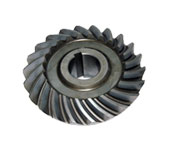
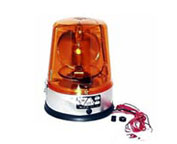
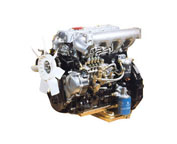
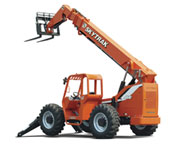
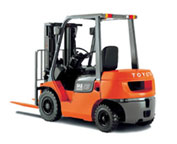
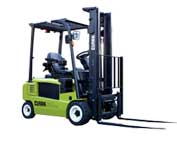
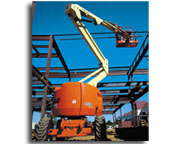
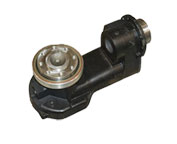
Lift Parts Express
TOLL FREE: 1-888-695-7994
Gulfport, Mississippi
forkliftpartsgulfport.com
Email Us
About Us


